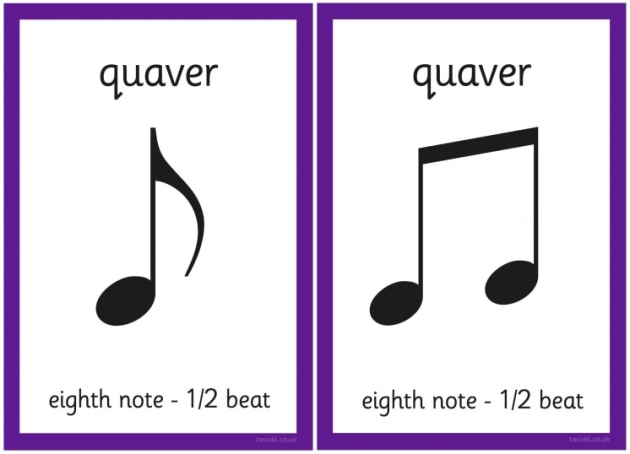

#QUAVER MUSIC WORLD HOW TO#
How to follow the Sollima? With a piece by Lawes originally written for viols in the 1600s. He tells us throughout the concert how grateful he is for the freedom to be creative that this college gave him: “I studied here, forever, they wouldn’t let me leave” he says! You can feel the wealth of support and appreciation from fellow alumni, staff and students. It’s received with rapturous applause from this friendly Manchester audience for Selaocoe, a graduate of RNCM. Lamentatio by Giovanni Sollima is exciting enough with its simultaneous vocals and ferocious rhythmic double stops but Abel’s interpretation, singing in Zulu, playing cello chords and moving seamlessly into a low-pitched throat-singing, is astonishing and yet it sounds as if it has always been a part of the piece.

Nothing could have jolted me out of my nostalgia more quickly than the music that opened this performance of ‘Sirocco’ at the Royal Northern College of Music.

It was October 2019 and I had arrived at the venue after a wander down memory lane in my childhood home town, Manchester. A brilliantly inventive cellist, Abel Selaocoe was playing music by another brilliantly inventive cellist/composer Giovanni Sollima. In that innocent time before the pandemic, I was at my dream concert.
#QUAVER MUSIC WORLD CRACKED#
And I’ll continue to practise Clapping Music till I’ve cracked it.

I have listened to Steve Reich’s music ever since. And this was a composer I would continue to follow. I was already open to listening to the new music we were exposed to, at what was to become the home of Huddersfield Contemporary Music Festival, but unlike some of the works I had heard, I could relate to this immediately. Hearing Clapping Music (and the rest of that Reich concert) for the first time made a huge impression on me because it was so unexpected and nothing like the Western classical music I had been learning and loved so much. In fact, a few of the comments about the Steve Reich clip, mention the look of concentration on both musicians’ faces and the fact that they use notation. The resulting complexity is extraordinary. It’s a development of a “phasing” technique he had devised, where one part gradually shifts ahead of the other but here the shift is sudden. Reich’s piece is very straightforward until the second player starts to shift one quaver forward. In Ewe music, the bell pattern repeats throughout whilst the layered drum parts create complicated poly-rhythms, as the musicians play in different metres simultaneously. The repeated phrase of Clapping Music is similar to a bell pattern found in Ewe music which you can hear in the following clip. It confirmed for Reich his desire to write music that he could perform with his own percussion ensemble, with new ways of composition, which he had already begun to explore. In 1970, Reich went to study Ewe music in Ghana with master drummer, Gideon Alorwoyie. Here was a music with repeating patterns … which were superimposed so that the downbeats did not coincide.” ( Writings on Music: 1965 – 2000, Steve Reich. “It was like looking at a blueprint for something completely unknown. Reich had come across a book “Studies in African Music” by A.M.Jones who had transcribed some of the rhythms of Ewe drumming into Western notation. The initial inspiration may have come from flamenco but the rhythm that forms the basis for Clapping Music shows the influence of an entirely different culture: Ewe drumming from Ghana. Flamenco artists performing palmas, a style of virtuoso rhythmic clapping that sparked an idea that would lead to Reich’s Clapping Music.


 0 kommentar(er)
0 kommentar(er)
